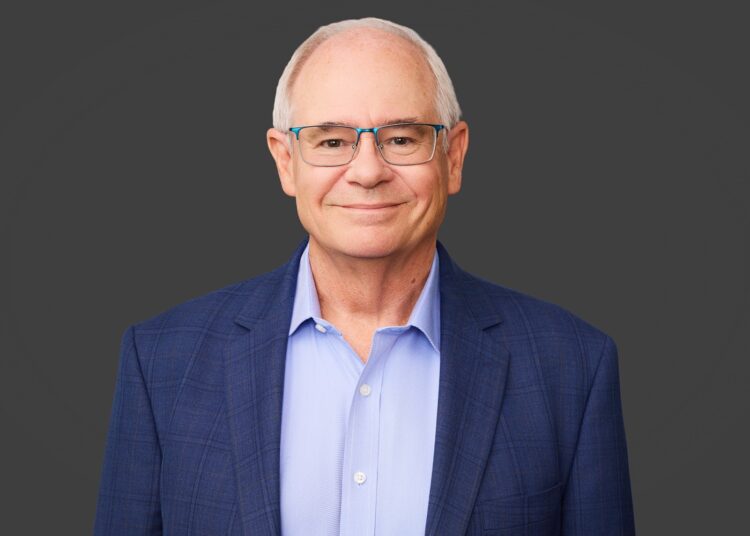The march towards cloud technologies has accelerated, especially in the past year, as organisations were compelled to embrace remote models and distributed work environments overnight in the wake of COVID-19. But companies like DataFlow Group had started redefining the parameters of how work happens by experimenting with cloud for enhanced collaboration and productivity long before the ongoing pandemic.
As a leading global provider of specialised Primary Source Verification (PSV) solutions and background screening and immigration compliance services, DataFlow partners with clients across the public and private sectors to assist them in mitigating potential risk by exposing fraudulent education degrees, employment certificates, practice licenses, work permits, and passports. In order to successfully authenticate these documents, the company uses state-of-the-art technologies.
Garry Taylor, Chief Technology Officer, DataFlow Group, says, “We began our journey to cloud with Google Cloud in association with iSolutions, almost a decade ago. Since then, there has been no looking back and we have transformed our IT operations end-to-end over the years. Today we have no applications residing on local desktops or servers, and we have zero data centres.”
iSolutions, a specialised provider of innovative technology solutions, has been serving DataFlow Group for its Google Cloud requirements and has helped procure the necessary Google Cloud products over the years.
Garry adds, “iSolutions has been a key partner with us on our journey to Google Cloud and Google Workspace, and has offered invaluable assistance and support along the way. They have been quick to respond to our needs, and while they possess great knowledge about the platforms themselves, they also have a really great relationship directly with Google when we need that extra level of support or advice on direction and trajectory.”
When Garry joined the company five years ago, he and his team initiated the process of moving the entirety of DataFlow onto cloud platforms.
“After taking stock of current and future business needs, evaluating market trends and discussions with senior management, it quickly became apparent that seizing the cloud opportunity wholeheartedly was the right way to go.”
The first step included moving all of the organisation’s business productivity applications onto Google Workspace, known as Google G Suite, back then. The next actions were around getting the licenses in place and simplifying the desktop.
Garry adds, “We had to make sure the applications were suitable and fit for purpose as opposed to having bloated ones on users’ desktops. We were able to complete this process over two or three months for the majority of the staff. This also included transforming our hardware infrastructure.”
DataFlow converted 95% of its Windows-based devices to Google Chrome OS Hardware. According to Garry, this greatly helped employees have enhanced experiences and extend the life of the device and do away with any annual maintenance contracts.
Even today, one of the biggest hurdles with migrating to the cloud is switching the way an organisation thinks. The transition to the cloud is not solely about implementing new technology or process but also a significant cultural shift that starts from the top. Garry notes that this was definitely a challenge when DataFlow was making a move to the cloud.
“People are used to doing things the way it’s always done. So, when a new process or technology is introduced, it does take time for everyone to accept it as the norm. Adopting a cloud-first mindset must be fostered within all levels of an organisation.”
Another challenge the team had to tackle back then was the headlong leap into Google’s application suite.
He explains, “Four to five years ago, the Google applications were not as mature or advanced as they are today. So, at the time perhaps the Suite didn’t provide richness in terms of feature sets that modern applications have. But when you evaluate what the workforce needs to get their work done efficiently, there was no question that the applications would greatly improve productivity.”
As early adopters of cloud technologies in the region, DataFlow has certainly enjoyed an edge over its competitors. While companies scrambled to achieve seamless cloud migration to face the chaos brought on by the pandemic, DataFlow was able to seamlessly transition its 500 plus workforce to a remote working environment as they were already on Google Workspace.
“There was no doubt in my mind that cloud was the future. As we had initiated and completed our cloud journey many years ago, we were in the best possible situation when the pandemic hit last year,” Garry says. “The process of taking everybody from office-based roles to home-based ones was simply a case of picking up a Chromebox or a Chromebook and walking home with it. Google Workspace proved to be critical for our business continuity.”
DataFlow was 100 percent operational within 48 hours in its new remote model.
He adds, “We had a leap ahead in terms of capability. The lesson is – don’t be afraid to look at leading-edge technologies; see how you can adopt it if it makes sense for your business in the future. There is always an opportunity to use newer solutions and technologies that are coming along. Technology leaders must move away from the tendency to stick with the status quo just because that’s easier.”
The remote work model presented some different security challenges. DataFlow was quick to realise that traditional VPN solutions would not be effective in such a distributed cloud environment. As a part of its overall cybersecurity measures, last year, the company also deployed Google’s zero trust model, BeyondCorp, better enabling secure work virtually.
We will see the company doubling down on its cloud priorities and accelerating its automation roadmap from now on.
“It is not enough to simply adapt to a cloud architecture, but instead, the goal should be to become cloud-native. We ensure everything is cloud-friendly as we move ahead. Having migrated to the cloud completely, our next big push is to “automate everything”. It is a continuous journey, and it is about always looking out for the next big technical leap ahead,” Garry concludes.










Discussion about this post